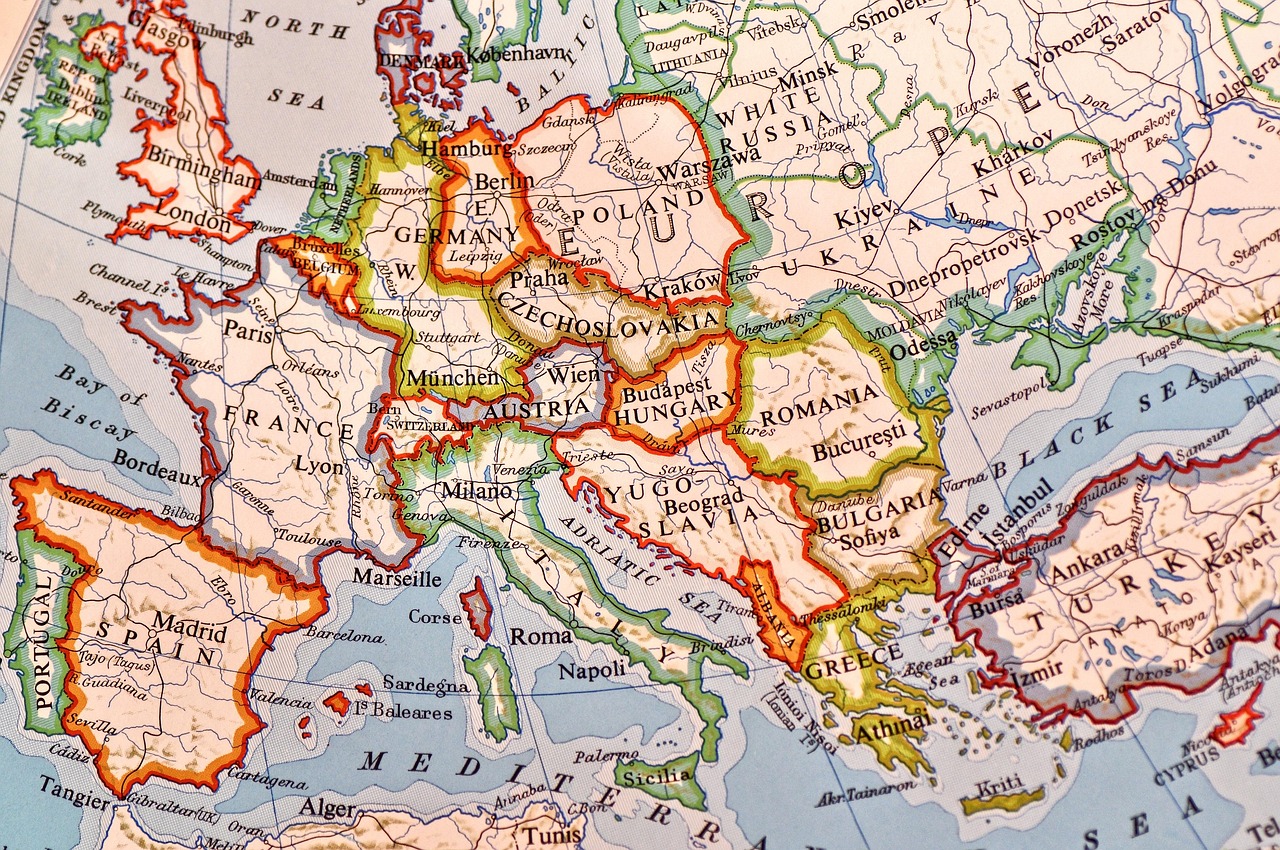
Source: Pixabay
As a European citizen with an EU passport you might be used to traveling cross-border without even noticing there are borders. At least 3.5 million people cross the internal borders of the Schengen area every day.
The notorious Schengen area, started 40 years ago, encompasses 29 countries (25 EU member states, and Iceland, Norway, Switzerland and Lichtenstein). The last countries to join were Bulgaria and Romania on January 1, 2025.
Marking its 40 years’ anniversary, it also shows a sign of a “mid-life crisis”. 11 out of the 29 countries notified the European Commission about their plans to reintroduce temporary border controls.
Recent Problems?
During the Covid pandemic, EU countries started to close off borders to prevent spreading the virus. Since then, the border checks have been implemented a lot more, although for other reasons.
“The Schengen Borders Code (SBC) provides Member States with the capability of temporarily reintroducing border control at the internal borders in the event of a serious threat to public policy or internal security.”
It seems like Europe is finding itself in this situation, since the summer reintroduction of border controls is happening all across the continent. However, the quote above is immediately followed by a statement in bold – “must be applied as a last resort measure”.
Germany introduced checks on its borders last year due to illegal migration, which sparked backlash from its neighbors whose commuters started to experience hindrances in the continent’s free-travel. In the entire area, there are around 1.7 million cross-border workers.
One of the strongest proponents of keeping the Schengen area alive and well are politicians from Luxembourg, the country where it started. In 1985, ministers from Belgium, Germany, Luxembourg, France and the Netherlands sailed the Moselle River together. They signed a free-travel pledge together near the Schengen commune of Luxembourg, which now gives the name to what we have come to know as the Schengen free-travel area.
“It is essential to dismantle borders in people’s minds, not rebuild them,” said the Home Affairs Minister LéonGloden for POLITICO.
The Perceived Threats of llegal Migration
What are the current threats that led countries to reintroduce the temporary border control? For example, in Poland, as of July 7, it is the migration from Lithuania and Germany. Polish prime minister Donal Tusk defended the strict measures by the lessons learned from protecting efforts on the Belarussian border. German chancellor Friedrich Merz voiced concerns over migrant smugglers. According to POLITICO, the interior ministers of the two countries are discussing organizing joint controls.
In Slovenia and Italy the reasons are a high level of terrorist threats and organized crime, including migration from the Western Balkan route, hybrid threats from Russia among other reasons. The rest of the current notifications of border controls can be found here.
The border control can be prolonged by 30 days, however not exceeding the total period is limited to 6 months.
What Does it Mean for Europeans?
Besides migration politics, the consequences come for trade, commuting citizens, tourism and the infrastructure needed to make the border checks work. The annual costs for the Schengen area’s operations are between €2-4 billion. Additionally, one of the currency union’s main foundations, free trade and movement is stripped away.
The Commission is working on two tools to manage the borders digitally, an Entry/Exit System (ESS) and ETIAS, a visa-waiver screening platform. Both of these platforms should make the internal checks for EU nationals, and track the entries into Schengen area by non-EU nationals.
However, politicians and experts alike are sceptical about the enforceability of such measures, and about the actual impact of them. The public trust in the institutions and trust between countries on political level are both a starting point for further survival of the free-travel area.
